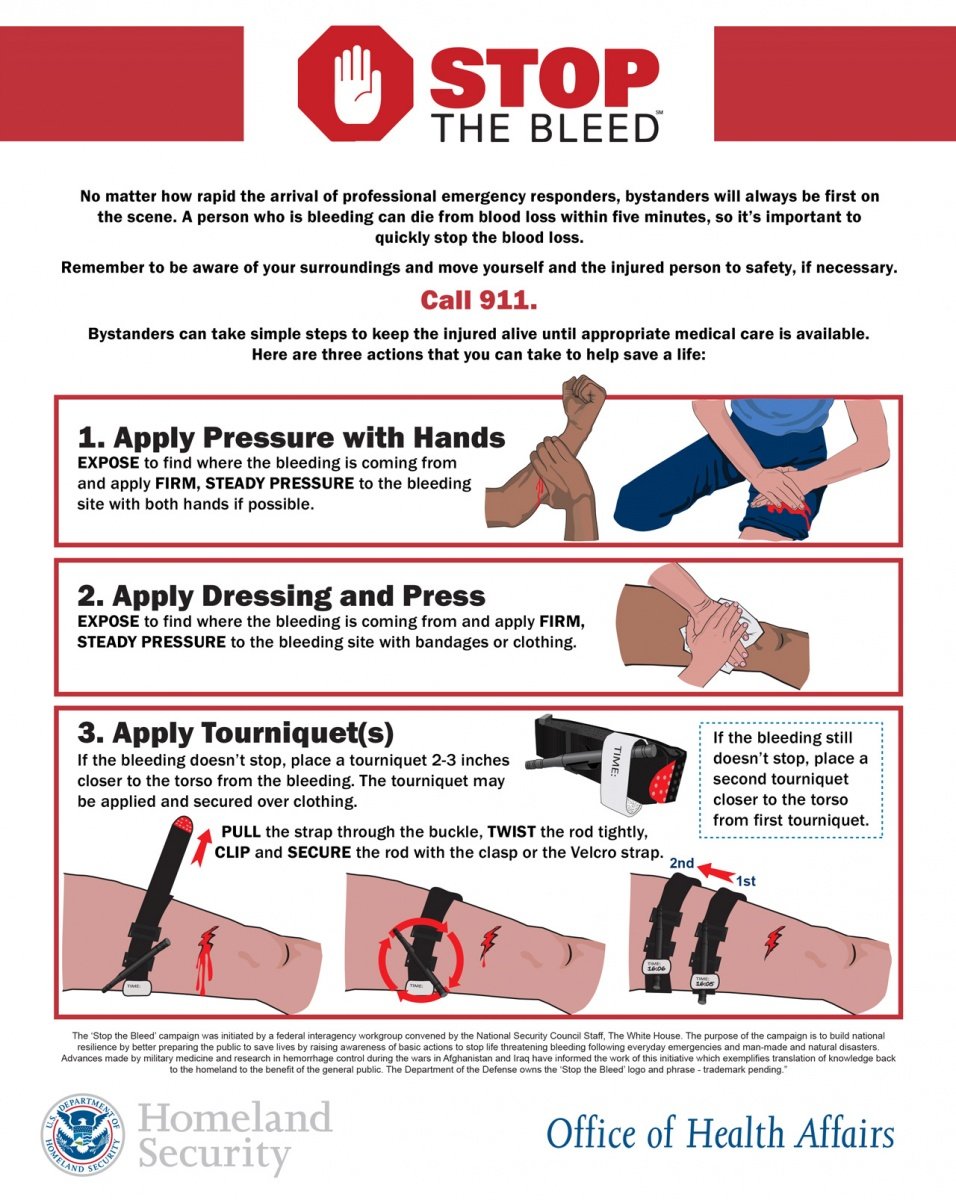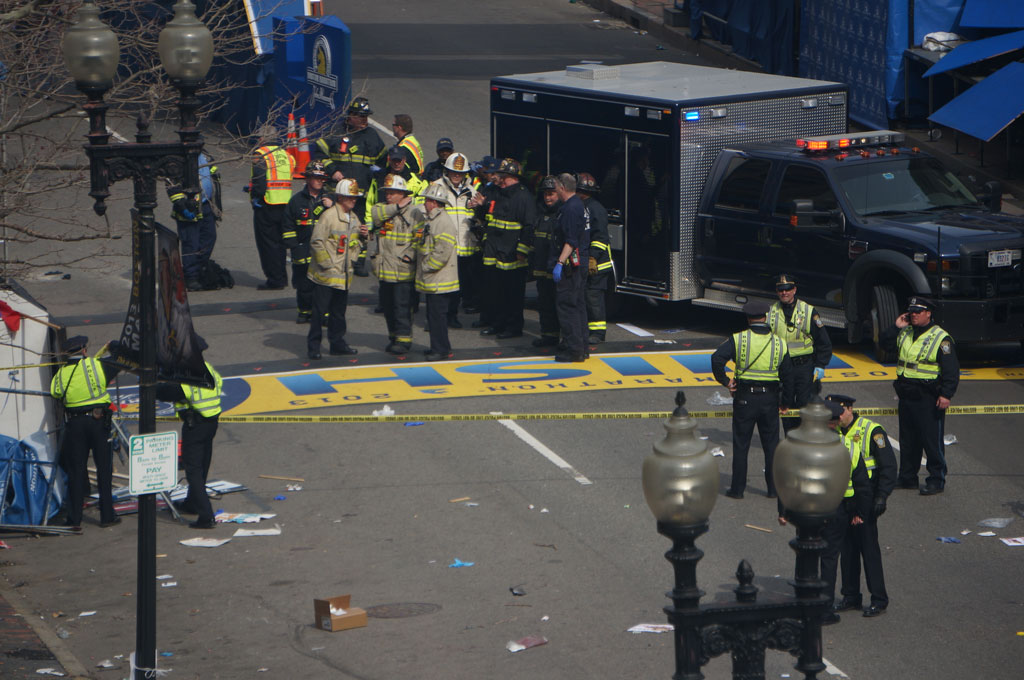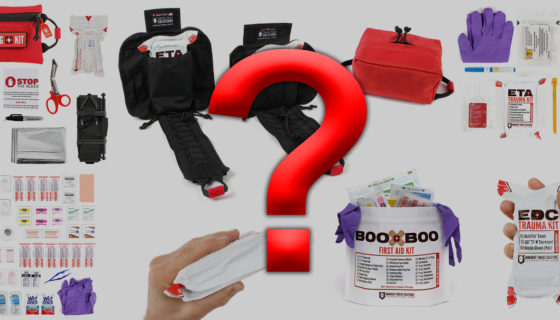Stop the Bleed: Supporting A Campaign for Awareness That Can Save Lives
Stop the Bleed: Supporting A Campaign for Awareness That Can Save Lives
At ITS, we’ve always been vocal about the need to carry medical gear and seek out the right training for it. Whether you’re a Law Enforcement Officer, Military member or just a prepared civilian, having the right gear and training to use that gear could save lives. Today, we’d like to highlight a great campaign by the Department of Homeland Security on how to “Stop the Bleed.”
As they highlight in the campaign, a person with an injury can die from blood loss within five minutes and no matter how fast emergency response teams are, bystanders will always be the first on the scene. The campaign focuses on three simple steps that bystanders can take to control and reduce an injured person’s bleeding.
1. Apply Pressure with Hands
Expose to find where the bleeding is coming from and apply firm, steady pressure to the bleeding site with both hands if possible.
2. Apply Dressing and Press
Expose to find where the bleeding is coming from and apply firm, steady pressure to the bleeding site with bandages or clothing.
3. Apply Tourniquet(s)
If the bleeding doesn’t stop, place a a tourniquet 2-3 inches closer to the torso from the bleeding. The tourniquet may be applied and secured over clothing. Pull the strap of the tourniquet through the buckle, twist the windlass tightly, clip and secure the windlass with the included clasp or hook strap. If the bleeding doesn’t stop, place a second tourniquet closer to the torso from the first tourniquet.
For more information on tourniquet best practices, including preparation, storage and application, check out this video we did with Caleb Causey of Lone Star Medics.
For more information and additional resources on the Stop the Bleed campaign, visit the Department of Homeland Security. Also check out this great graphic they’ve put together to highlight the three important steps mentioned in the campaign!












Discussion